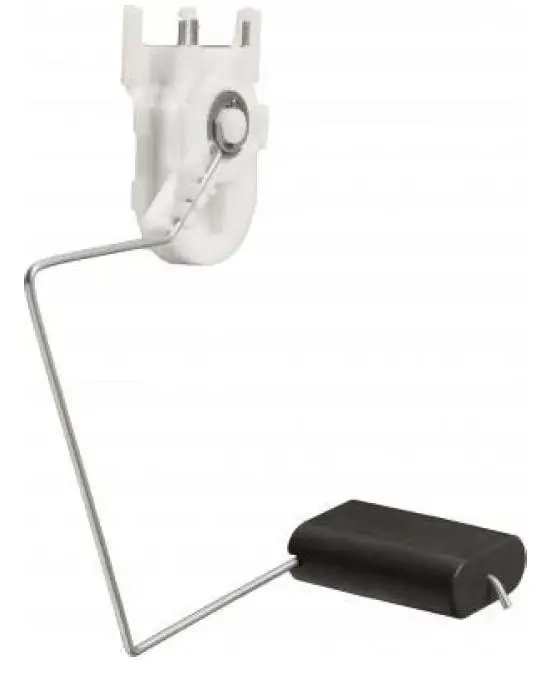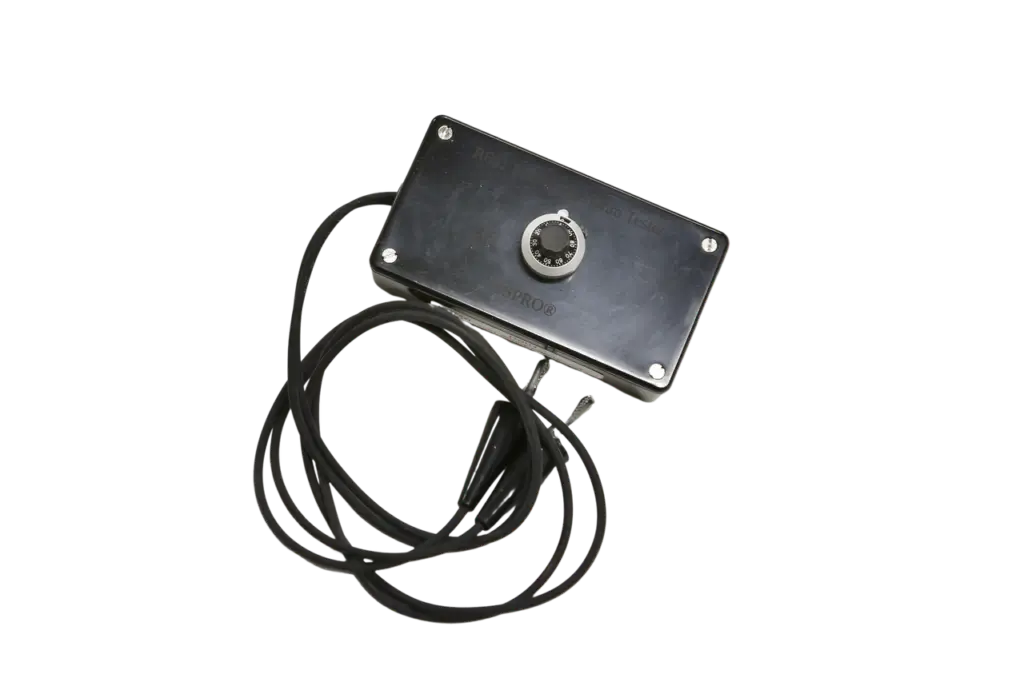What to check if your gas gauge is wrong or not working
If your gas gauge is wrong you can diagnose it yourself with a multimeter
If your gas gauge is wrong it’s usually due to a bad electrical connection between the gas gauge and fuel sending unit or a bad connection between the BCM and the fuel sending unit. However, a faulty sending unit can also cause the gauge to not read or all or report incorrect fuel levels.
First, understand how a gas gauge works
All fuel level sensors (also called a sending unit) use a float and arm that’s attached to a variable resistor called a potentiometer. When the tank is full and the float arm rises to the top, the resistor returns either a high or low voltage. As the tank empties and the arm lowers, the voltage changes.
In older vehicles, the gas gauge was is connected directly to the sending unit in the tank.  On newer vehicles, the sending unit connects to the body control module. The body control module interprets the voltage from the sending unit and sends a digital signal to the digital gas gauge on the digital instrument panel.
On newer vehicles, the sending unit connects to the body control module. The body control module interprets the voltage from the sending unit and sends a digital signal to the digital gas gauge on the digital instrument panel.
Most gas gauge issues are due to corrosion in the connection between the sending unit and the gauge or body control module
Always start your diagnosis by checking for corrosion in the sending unit electrical connector. Follow the trouble shooting steps shown in a shop manual to confirm the voltage readings.
What causes the fuel gauge to read empty when the tank is full?
• Float has separated from the float arm
• Sensor is corroded
• Sending unit wires are corroded in the connector
What causes the fuel gauge to read full when the tank is empty?
• Short to return signal in the wiring harness
What causes the fuel gauge to fluctuate?
• Float arm is binding
• Anti-slosh Baffle in tank has broken loose
Testing the gas gauge and fuel sending unit
Consult a shop manual for the exact testing procedure for your vehicle. Here is one example for a 2013 Chevrolet Avalanche
When the fuel tank is full (float arm in the full up position), the sensor resistance is low, so the ECM sees a low signal voltage. When the tank is empty (float arm in full down position), the sensor resistance is high and the ECM sees a high signal voltage.
You can test the resistance by disconnecting the fuel sending unit at the connector above the fuel tank
With the ignition off and your meter set to the Ω scale, connect your meter leads to the fuel sending unit and ground. Look for less than 1.0Ω between the low reference terminal and ground. If the result is higher, check the reference circuit for an open or high resistance connection.
You can also install a variable resistor in place of the fuel sending unit to check the integrity of the wiring harness, BCM and gauge. Simple connect a gas gauge testing tool like this in place of the fuel sending unit. Then rotate the dial to change the resistance and read the gas gauge to see if it moves in the same amount.
Posted on by Rick Muscoplat
